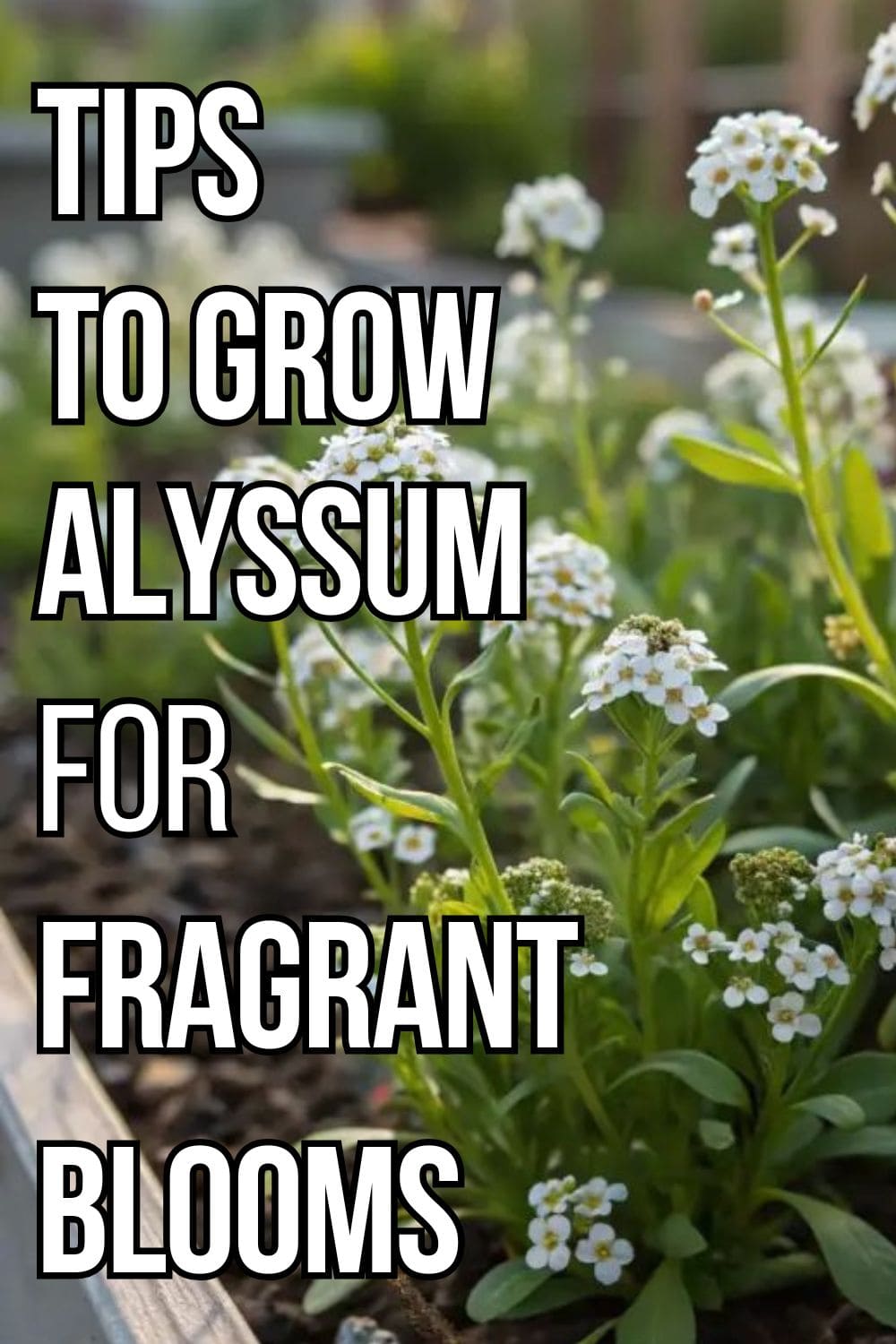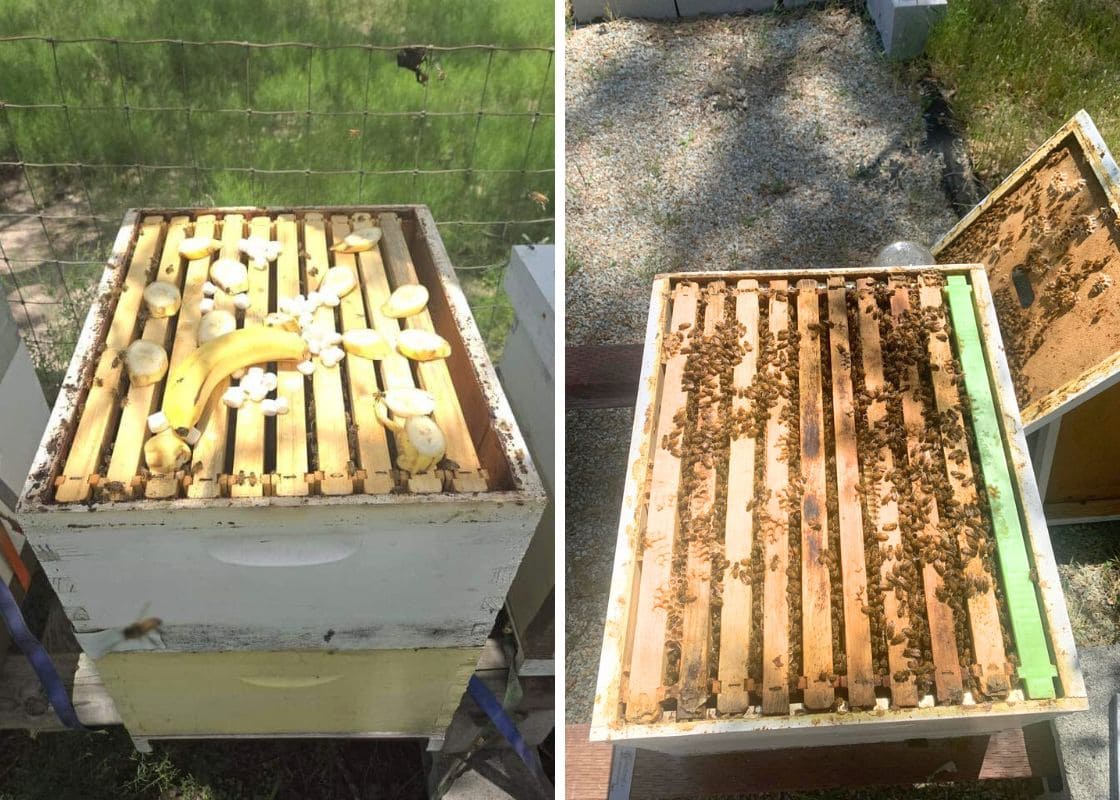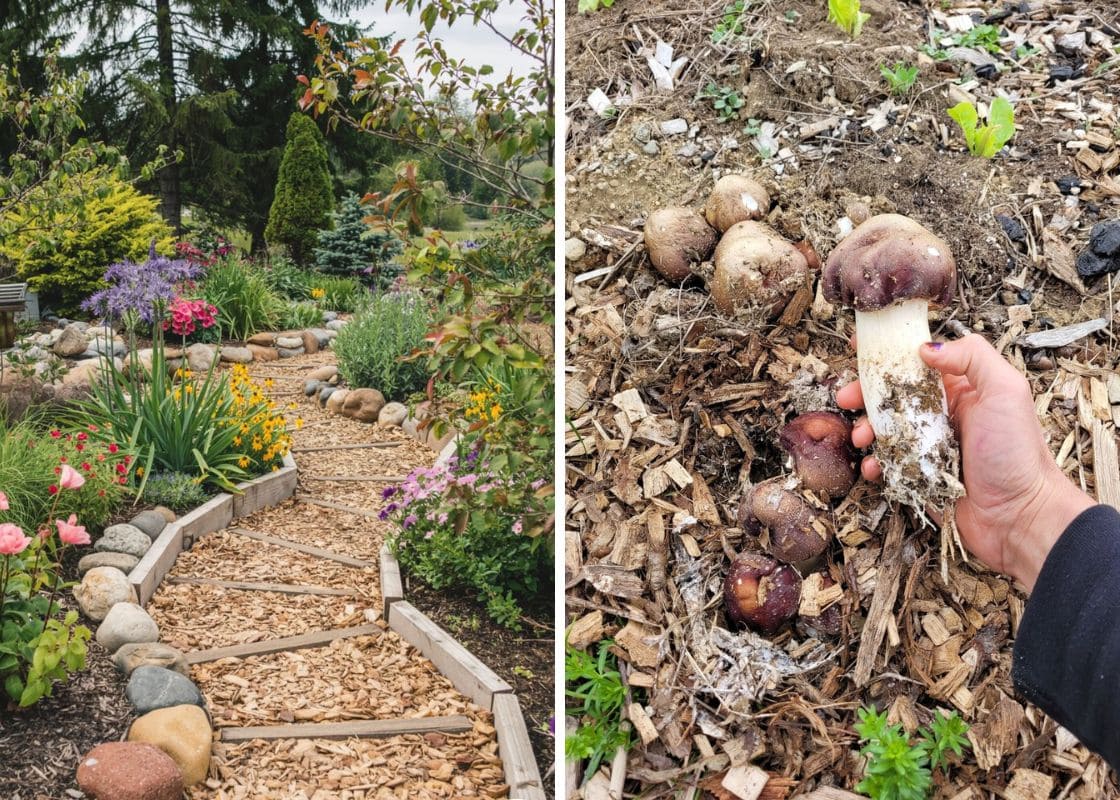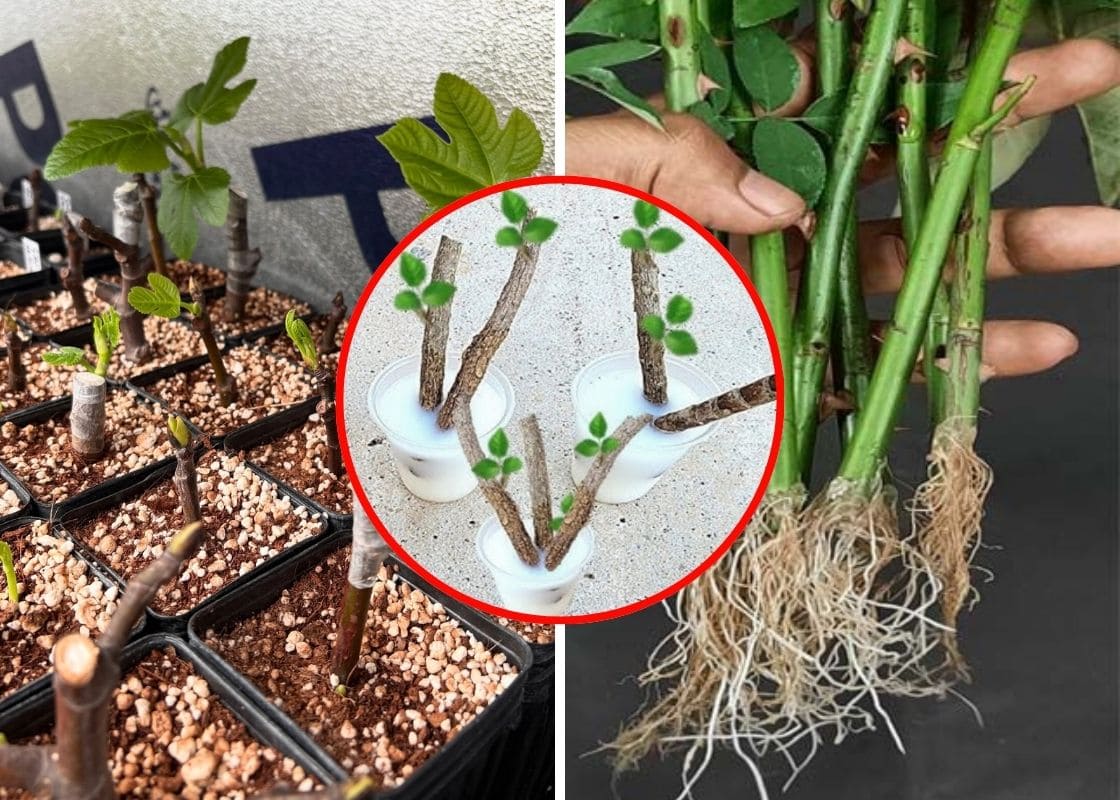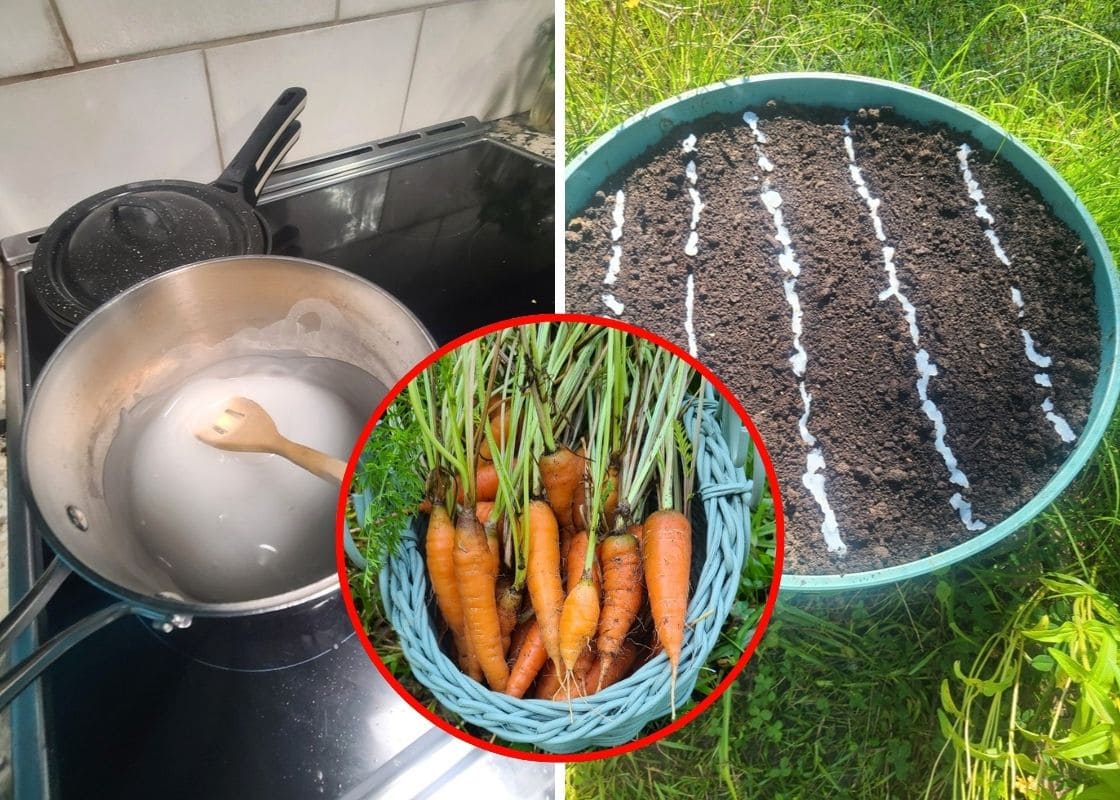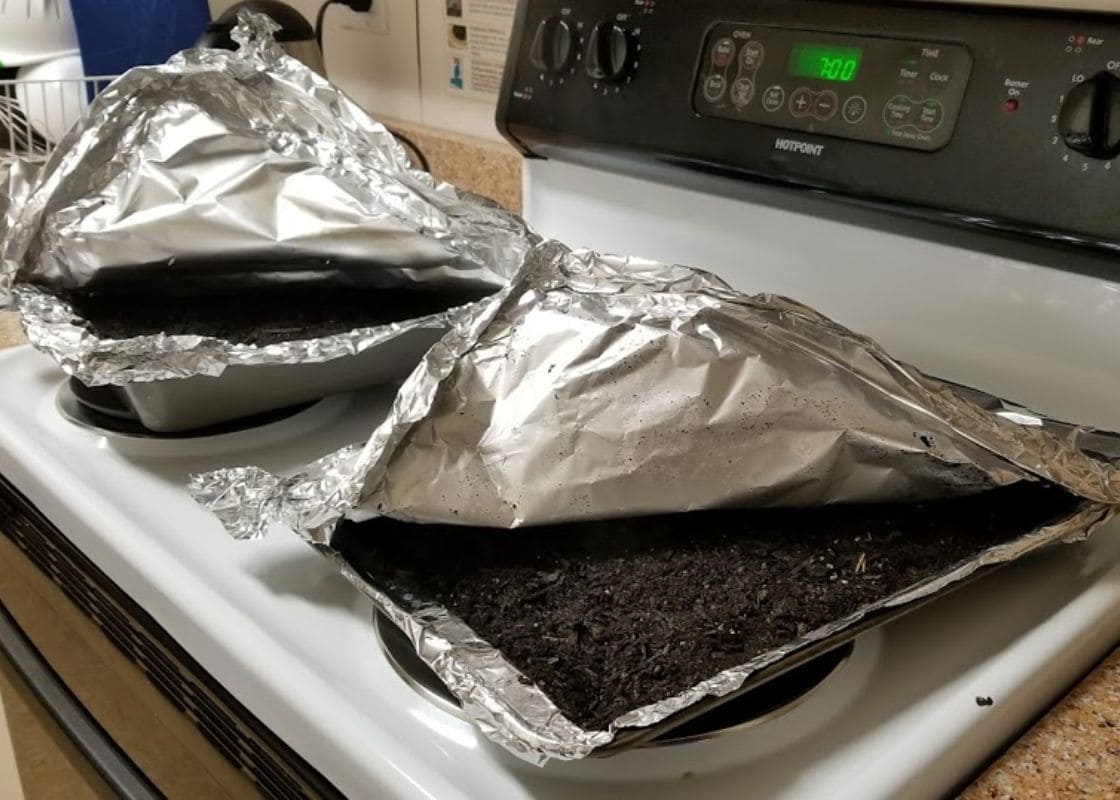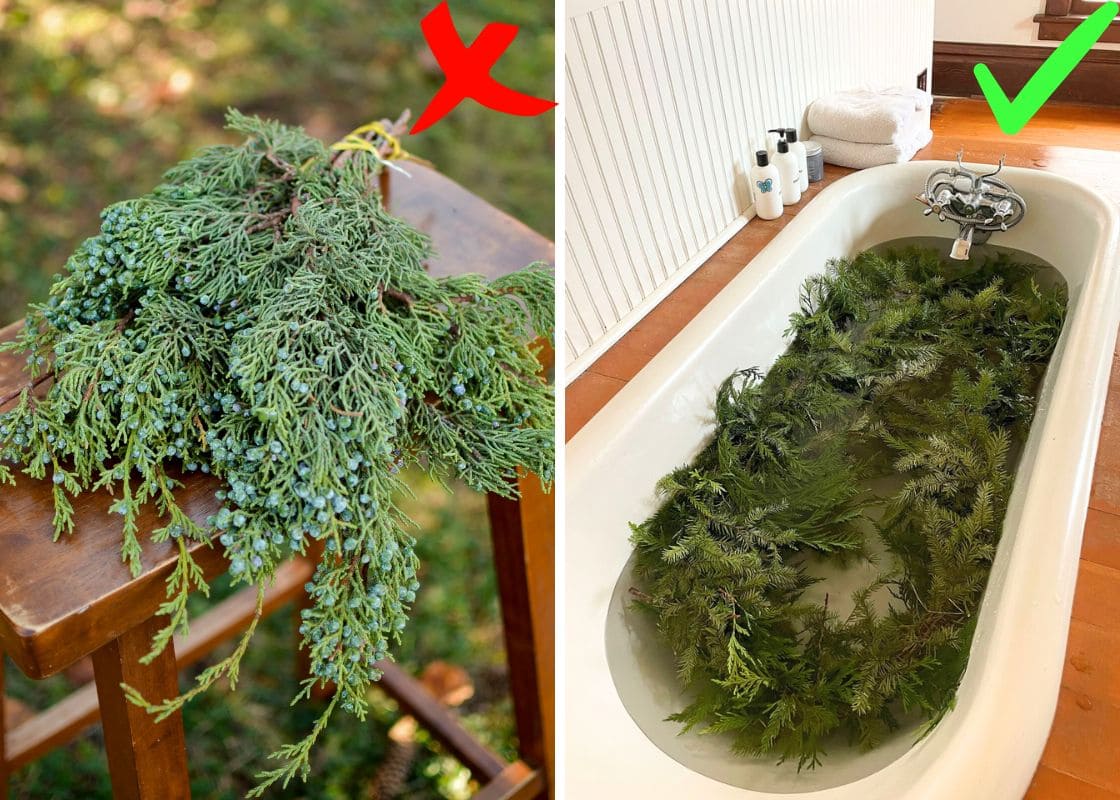Alyssum is a gardener’s delight. With clusters of tiny, fragrant blossoms that form soft carpets of white, purple, or pink, this plant is as versatile as it is charming.
Gardeners love alyssum for edging pathways, filling gaps in beds, or spilling over the sides of pots and hanging baskets.
But alyssum is more than just pretty, it’s a pollinator magnet, a natural ground cover, and one of the easiest annuals to grow.
If you want to enjoy alyssum at its very best, here’s a detailed guide to planting, caring, and keeping it blooming strong all season.
Choosing the Right Spot
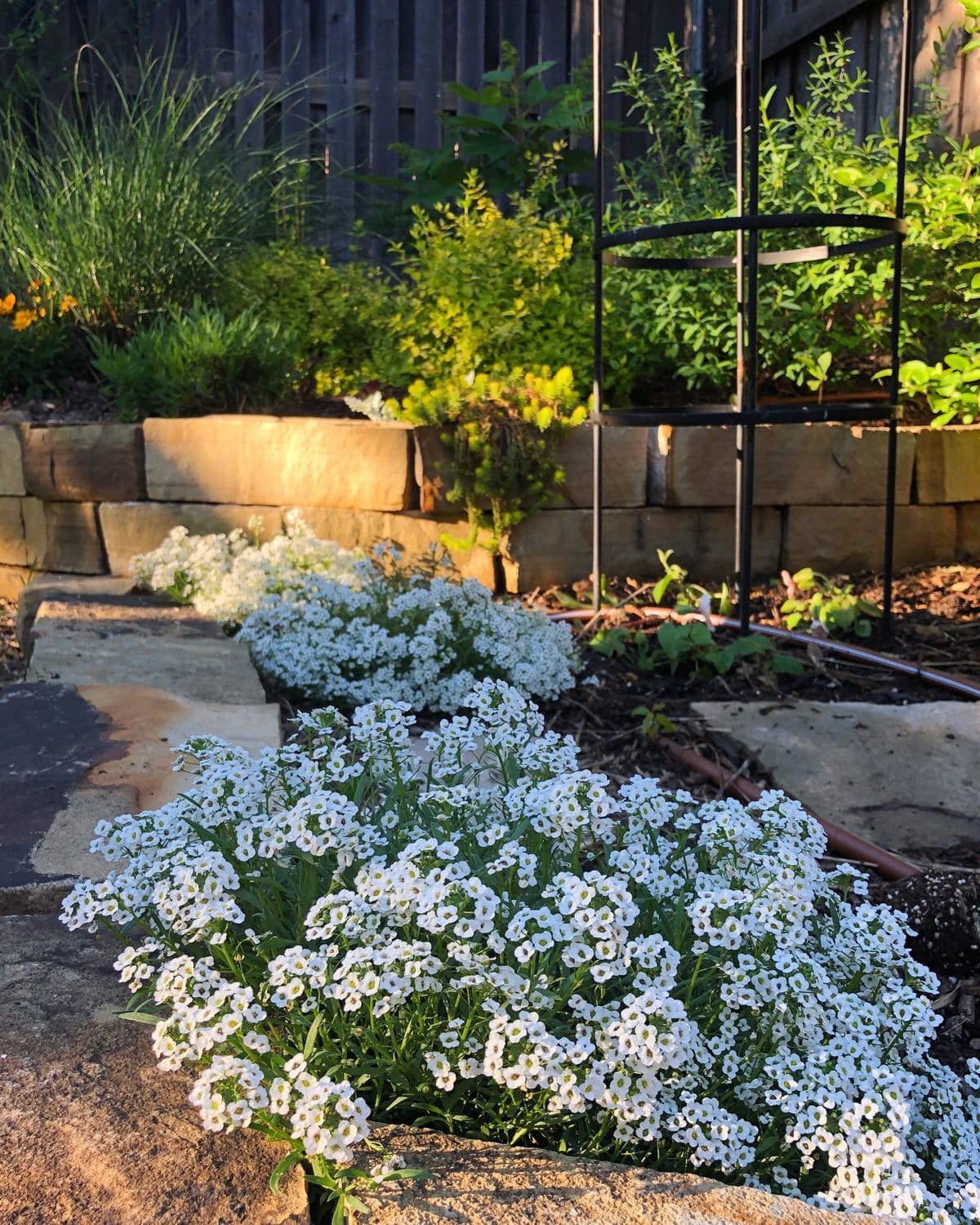
Alyssum is sun-loving, which means it thrives in full sun for 6-8 hours daily.
In cooler climates, this results in a continuous flush of flowers.
In hotter regions, however, alyssum may struggle under intense midday heat, so providing light afternoon shade can keep it looking fresh.
Alyssum is also adaptable, you’ll see it perform well in borders, rock gardens, containers, and even between stepping stones.
Soil Preparation and Planting
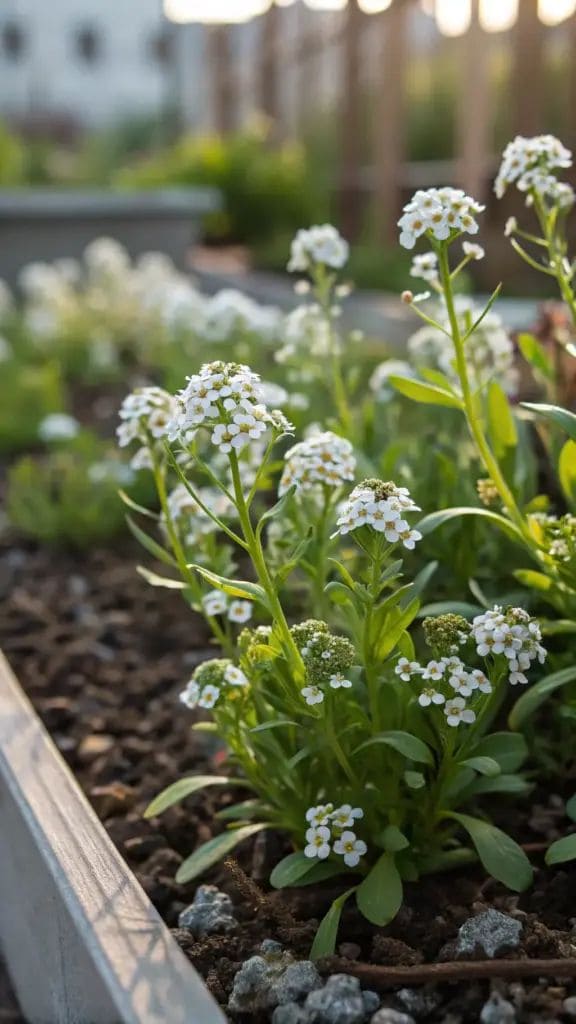
Alyssum prefers light, well-draining soil. Heavy clay can cause waterlogging, which damages the roots, while overly sandy soils may dry out too quickly.
A good balance is loamy soil enriched with compost to boost fertility and drainage.
When planting seeds, scatter them directly on the soil surface, so don’t bury them deeply, as alyssum seeds need light to germinate.
With adequate warmth (55-70°F), germination usually happens within a week.
Watering the Right Way
Young plants require consistent moisture to establish roots, but once established, alyssum is surprisingly drought-tolerant.
Still, for the best blooms, provide steady, moderate watering. Aim to keep the soil moist but never soggy.
Overwatering leads to root rot, while prolonged dryness can cause the plant to become leggy and produce fewer flowers.
Feeding for Abundant Blooms
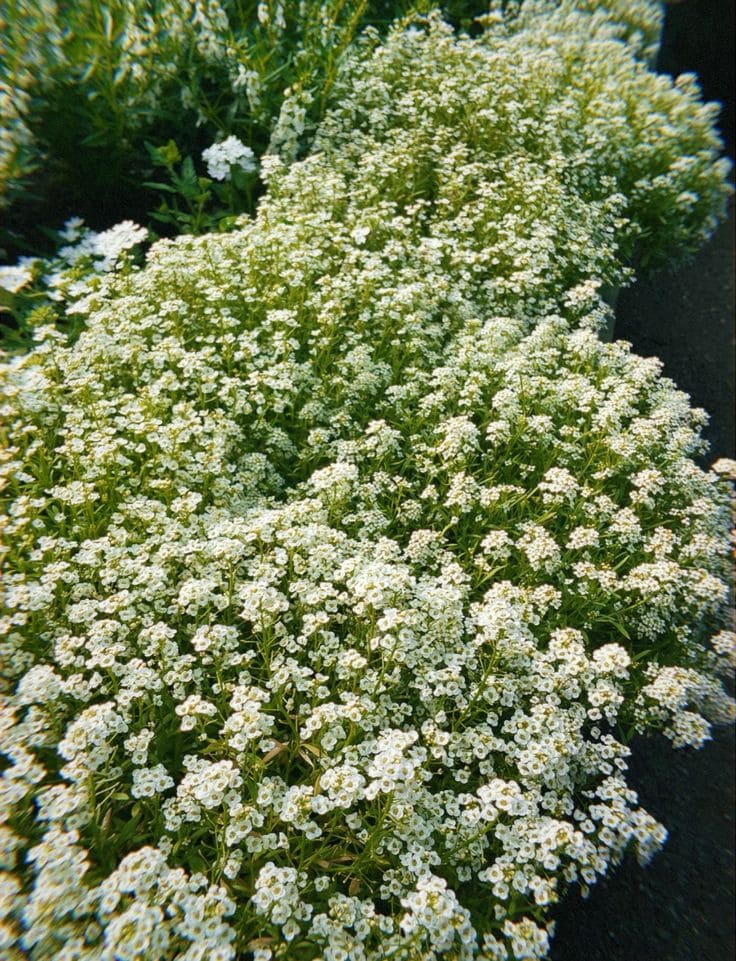
Though alyssum isn’t a heavy feeder, a little nutrition goes a long way. Use a balanced, water-soluble fertilizer every 4-6 weeks during the growing season.
Avoid overfeeding with high-nitrogen fertilizers, as these encourage leafy growth at the expense of flowers.
A slow-release fertilizer mixed into the soil at planting time is another option that keeps plants nourished for months.
Pruning, Shearing, and Deadheading
Alyssum can lose its vigor after its first major flush of blooms, especially in the summer heat.
To keep it looking fresh, lightly shear the plants back by one-third to one-half their height.
This quick trim stimulates new growth and triggers a second bloom cycle.
You can also deadhead spent flowers by pinching them off, but shearing is faster when dealing with larger plantings.
Growing Alyssum in Containers
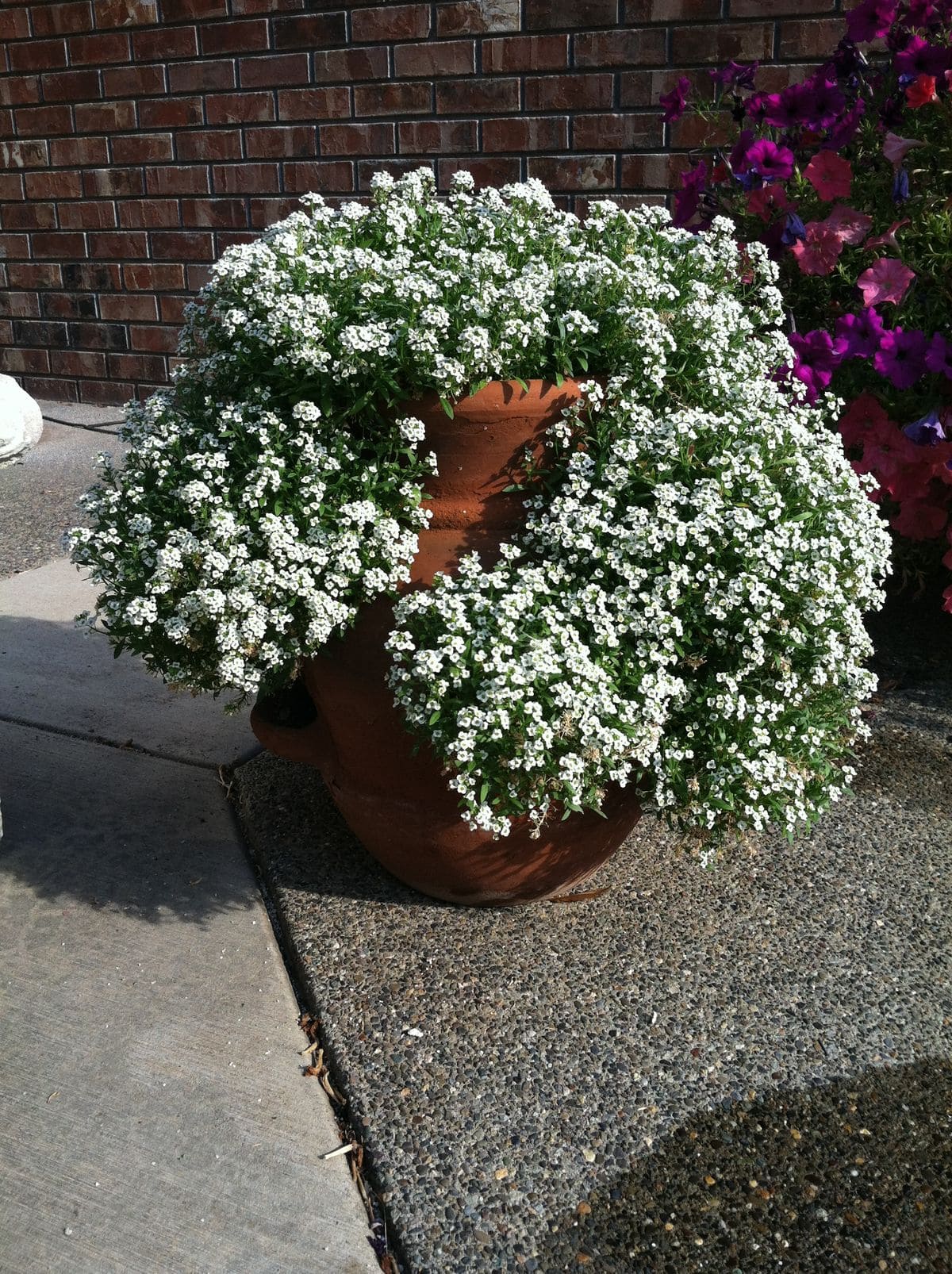
Alyssum is just as happy in pots as it is in the ground. Its trailing habit makes it an excellent choice for hanging baskets, window boxes, and container arrangements.
You can pair it with taller plants like geraniums or petunias for a striking layered look, or let it spill over the edges of a pot on its own.
Container-grown alyssum may dry out faster than in-ground plantings, so check soil moisture regularly and water as needed.
Companion Planting Benefits
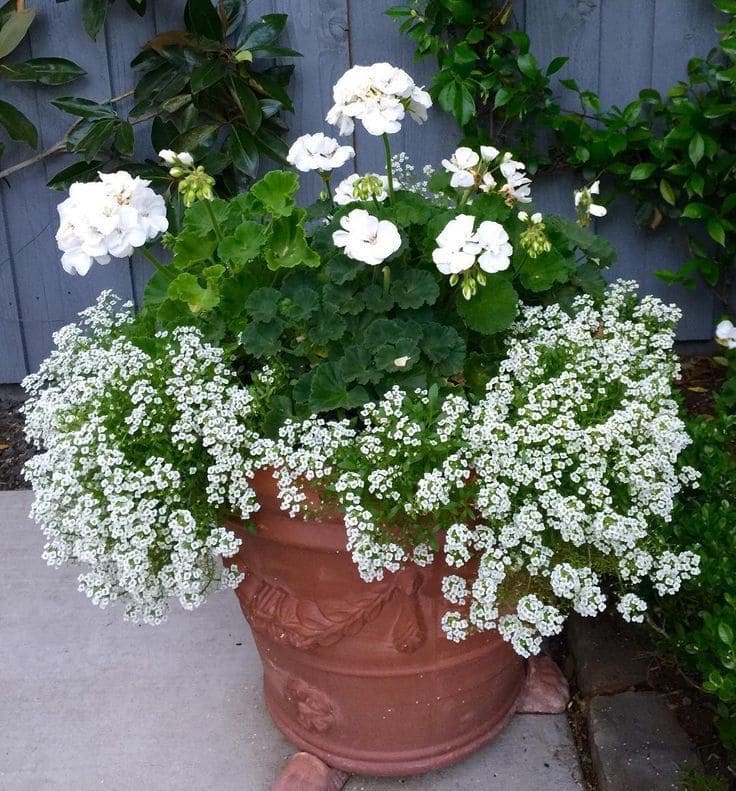
One of alyssum’s hidden talents is its role in companion planting.
Its tiny flowers attract bees, butterflies, and hoverflies, beneficial insects that pollinate crops and prey on pests like aphids.
Plant alyssum alongside vegetables such as tomatoes, peppers, and lettuce to improve productivity and reduce pest problems naturally.
In this way, alyssum adds both beauty and ecological value to the garden, working hard while looking effortless.
Seasonal Care and Cool Weather Advantage
Alyssum is a cool-season annual in most climates, flourishing in spring and fall. In regions with mild winters, it can bloom nearly year-round.
Hot summers may cause it to slow down or go dormant, but don’t be discouraged, a quick trim and cooler temperatures in fall often revive it for another round of flowering.
To enjoy continuous blooms, consider succession planting every few weeks so you always have fresh plants coming into flower.
Common Problems and How to Avoid Them
- Leggy plants: Caused by too little sunlight or too much fertilizer. Solve by giving full sun and trimming regularly.
- Root rot: Usually from poor drainage or overwatering. You can plant in raised beds or amend heavy soil.
- Sparse blooms: Typically due to excess nitrogen. Stick with balanced fertilizers in moderation.
